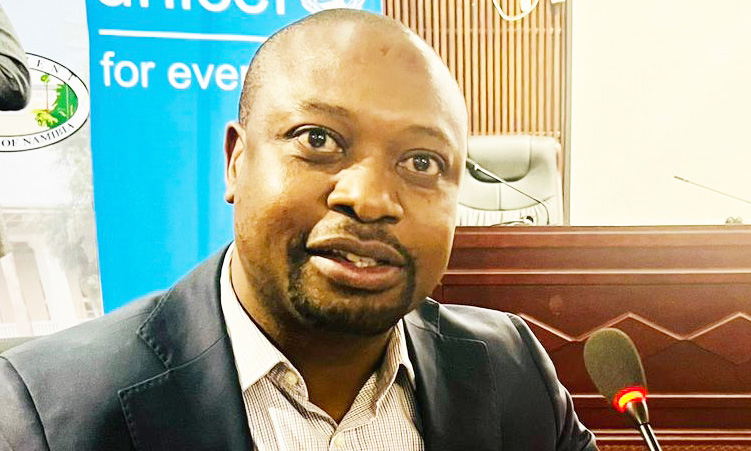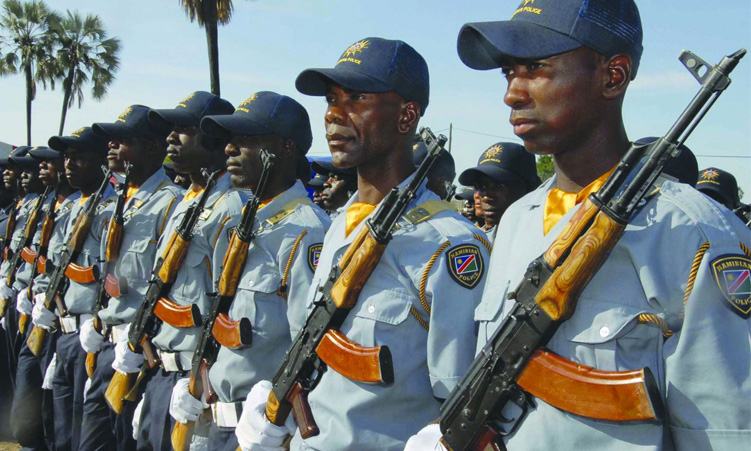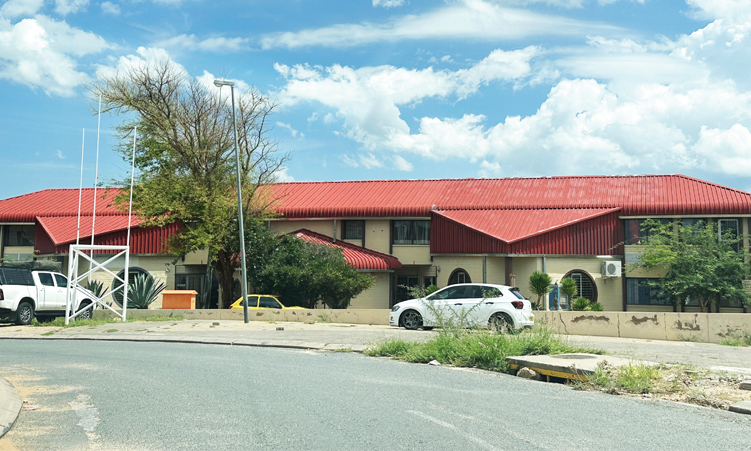About 42,5% of Namibian children aged 13-17 have experienced offline violence, the United Nations Children’s Fund (Unicef) has revealed.
Unicef Namibia social policy manager Jacob Nyamadzawo says about 9% of these children are experiencing sexual exploitation and abuse on the internet.
He said this while presenting a situation report on Namibian children to lawmakers recently.
“About 19% of girls aged 14-19 have a child, while 22,4% of children under five do not have a birth certificate and 53,1% of children are living in multidimensional poverty,” Nyamadzawo added.
The report reflected on the challenges faced by Namibian children in terms of education, health, child protection, poverty and nutrition.
This comes after finance minister Iipumbu Shiimi tabled the largest ever annual budget of N$100 billion.
Nyamadzawo highlighted the disparity in educational funding. While primary schools receive the most funding, pre-primary schools receive the least. Despite a 97% enrollment rate in primary schools, the secondary school completion rate remains low at 45,75%.
Only 24% of early childhood education educators are qualified and 80% of children aged three to four lack access to early childhood education centres.
Nyamadzawo emphasised the importance of investing in pre-primary education for improved academic performance and long-term benefits.
Additionally, he noted that there has been an increase in the development budget which will be channeled into classroom and hostel construction, which he hopes will be addressed equally with a particular focus on the Ohangwena, Kavango West and East Khomas and Omusati regions, which account for 73% of classroom deficits.
Education executive director Sanet Steenkamp noted that the ministry receives 29% of the national budget.
The ministry has received the biggest education budget in history of N$18,4 billion for the 2024/25 budget, which is 8,7% higher than the 2023/24.
“There are currently 13 primary schools, five secondary schools and 512 classrooms that are currently under construction across the country,” Steenkamp said.
Furthermore, she added that the biggest costs in the ministry go to salaries that cater for 40 000 employees and hostel catering that caters for over 822 000 children.
She also noted that classroom construction will be prioritised in the Ohangwena, Kavango West and East, Khomas and Omusati region because that is where the need is.
In terms of health, the Ministry of Health and Social Services received N$10,9 billion for the 2024/25 budget, 9,2% higher than the 2023/24 budget.
According to the report, the ministry spends more on the curing of diseases rather than disease prevention. Their development budget accounts for 4% of their budget while employment accounts for 51% of the budget amid human resources shortages.
The report highlights the huge gap in human resources, with 0,6 physicians and two nurses attending to 1 000 people.
However, 97% of all children are fully vaccinated, while a high mortality rate of 19,4% is recorded per 1 000 live births.
Most of the development budget funds cater to employment costs, which can be attributed to the shortages of health infrastructure and equipment.
Stay informed with The Namibian – your source for credible journalism. Get in-depth reporting and opinions for
only N$85 a month. Invest in journalism, invest in democracy –
Subscribe Now!










